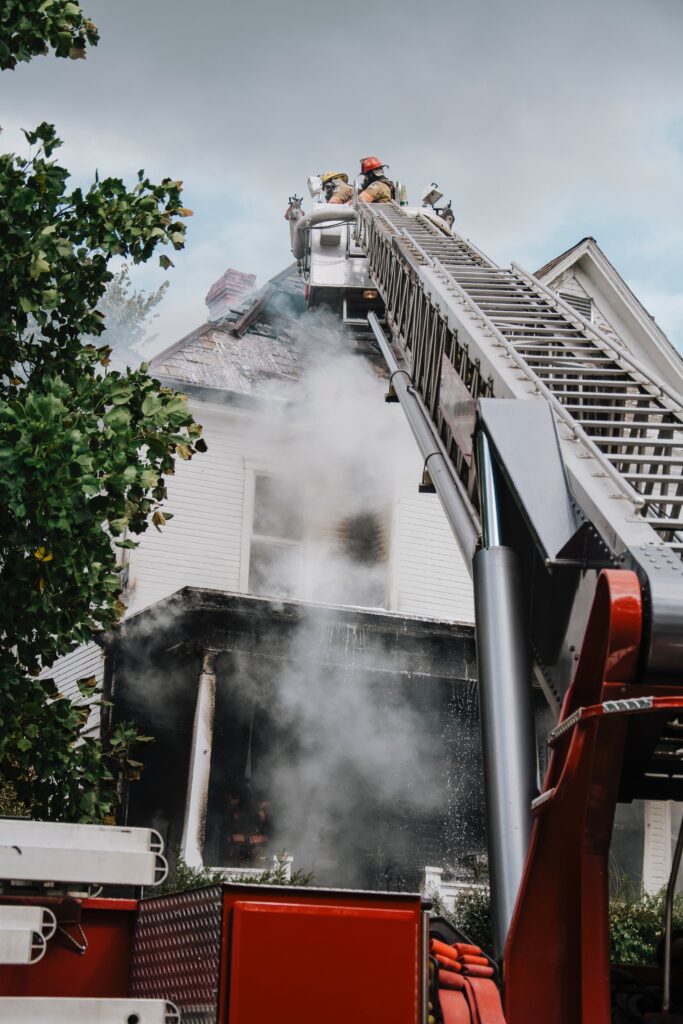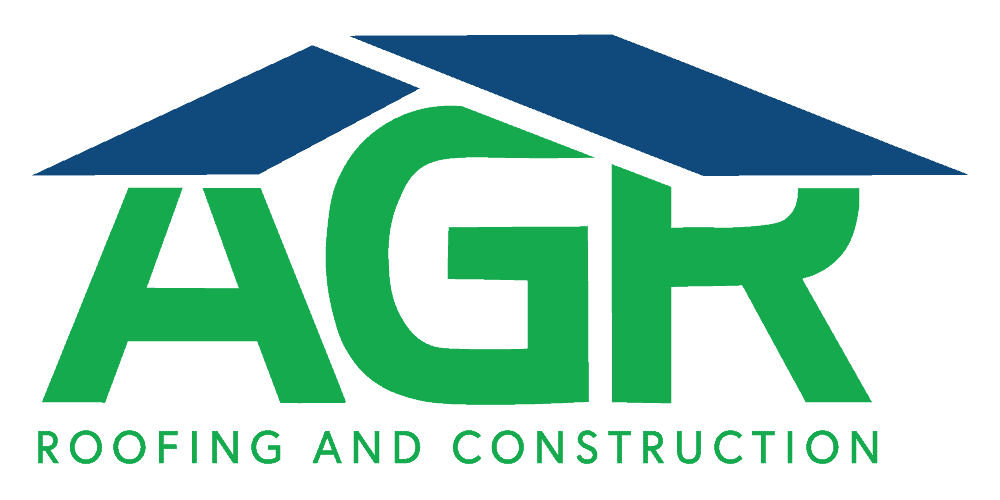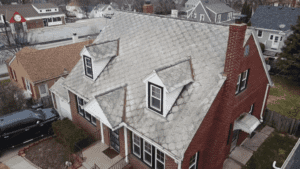There are a lot of decisions that come along with a new roof. From color to material type, you may find the process to be a little more complex than you originally thought. Of all the decisions you’ll need to make regarding your home’s roof, the decision to use fire-resistant materials is one of the biggest.
But what exactly are fire-resistant roofing materials, and are they even worth the extra money you’ll pay for them? Below we’ll go over everything you need to know about fire-resistant roofing materials to help you make an informed decision for your home.

What are Fire-Resistant Roofing Materials?
The first thing you need to know, to clear up any confusion on the matter, is that fireproof roofs are not a thing.
Fire-resistant, yes, but not fireproof.
What’s the difference?
Fire-proof implies it is entirely unable to catch fire or burn. Unfortunately, that doesn’t exist, but you can opt for the next best thing: fire-resistant.
Fire-resistant materials hold up better against fire, burn slower, and protect your home longer. Unlike wood shakes and low-quality asphalt shingles that would catch fire quickly, materials such as metal and stone have a neutral to negative reaction to fire.
How are Materials Tested to Determine Fire Resistance?
A standard fire test determines the rating of roofing materials. To test their resistance, the materials are put to trial by fire to see how they hold up. What exactly is being tested? During a fire test, materials receive ratings based on:
- How quickly the flames penetrate through the roof covering
- How easily the materials become dislodged and create embers
- How the flames spread over the surface of the roof
But don’t worry about trying to commit all these to memory. When it comes to choosing the right material for your new roof, a basic understanding of the different material classifications is all you need to get started.
Types of Fire-Resistant Roofing Materials
Fire-resistant materials are rated from A to C, with A-rated materials offering the highest level of protection for your home, and C being the lowest. If there’s no rating, it means the material offers no fire protection at all.
If you’re exploring your options, here’s a look at what the different ratings look like:
Class A
Class A is the top tier in fire protection for your home. In the event of a fire, a roof composed of Class A materials will hold out the longest before igniting. Class A materials include:
Slate
This natural stone is the cream of the crop when it comes to roofing coverings. With a lifespan of around 75 years, you won’t have to worry about replacing your roof for a very long time.
Clay Tiles
Clay tiles are popular in warmer climates where the concern of fire danger is ever-present. Durable and non-combustible, clay tiles not only give your home a stylish look but they also keep it safe.
Metal
There are a lot of perks to metal roofing, ranging from being low maintenance to UV protection. Add in the fact that it’s affordable and fire-resistant and metal easily becomes a formidable competitor when it comes to choosing a roof covering.
Fiberglass Asphalt Shingles
The most common roofing material in the U.S is asphalt shingles. They’re affordable, chic, and fire-resistant.
All of these materials are an excellent choice when it comes to bolstering your home’s fire protection. Class A material can generally withstand the flames for 2 to 4 hours before igniting.
Class B
A step down from class A, Class B materials offer a moderate level of protection to your home against fire. These materials should be able to last one hour before igniting.
Some of the most common examples of Class B fire-resistant materials are pressure-treated shakes and shingles.
Class C
Class C provides the least amount of protection for your home. These materials can withstand light fire test exposure, and that’s about it. Some examples of Class C materials include:
- Untreated wood shakes and shingles
- Particleboard
- Plywood
These materials can last 20 minutes before ignition. Though they don’t offer a significant amount of protection for your home, they do offer some.
Unrated Roofing Materials
Unrated roofing materials by themselves offer no fire protection at all. Most building codes won’t even allow unrated roofing materials.
However, if these materials are treated with fire retardant chemicals, it can bump up their rating.
Bottom line, if you’re looking to give your home the best protection against fire, Class A materials offer the best protection you can get.

The Benefits of a Fire Resistant Roof
Besides the obvious benefit of safety, a fire-resistant roof comes with other perks such as:
Ease of Mind
A roof comprised of fire-resistant materials will hold up a lot better if a stray ember wanders your way. Whether the result of fireworks on the 4th of July or a nearby fire, embers carried by the wind aren’t going to ignite on a roof made with fire-resistant materials.
Insurance Perks
Insurance companies like it when you take protective measures for your home, which is why some of them are even willing to give you discounts on your homeowners’ insurance for having Class A roofing.
Are Fire-Resistant Roofing Materials the Right Choice for Your Home?
Fire-resistant roof materials do tend to cost more, not necessarily because of their fire resistance, but due to their quality. Take slate, for example. Slate is a natural stone that is as beautiful as it is durable. In addition to its inherent fire resistance, it’s also incredibly durable and will last for many years as a roofing material.
This isn’t to say that all fire-resistant roofing materials are going to cost top dollar. Asphalt shingles don’t cost nearly as much as slate tiles, and are affordable.
Both of these options are Class A materials that will protect your home from a fire. The right one for your home will come down to your personal preference and budget.
Considering Fire-Resistant Materials for Your New Roof?
The roofing experts at AGR Roofing and Construction in Omaha, NE are here to help. We make the process easy by answering all of your questions and helping you decide which materials are the best choice for your home.
Choosing the right roof for your home is a big decision, which is why we’re happy to walk you through all the options so you can make an informed choice.





